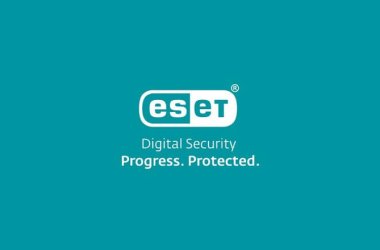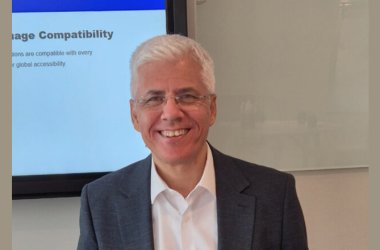
Higher education CIOs recognise that key organisational priorities are enrollment and student success, according to a survey from Gartner, Inc.
However, the study also found that these organisations fail to show innovation with regard to the top technologies required to differentiate themselves and win.
Subsequently, a majority of respondents (59 percent) think there will be significant business model change due to digital transformation.
Gartner’s 2018 CIO Agenda Survey gathered data from 3,160 CIO respondents in 98 countries and across major industries, including 247 higher education CIOs.
Higher education CIOs ranked digital business/digital transformation as the fifth most strategic business priority. However, when it comes to the top technology areas these institutions are investing in to differentiate themselves, digitalisation/digital marketing ranks only eighth amongst higher education respondents, compared to second across all industries.

“This may be because higher education is among the least digitised industries,” said Jan-Martin Lowendahl, vice president and distinguished analyst at Gartner. “The average higher education institution has a large backlog of digital enablement before it can even can think about digital transformation.”
Nevertheless, CIOs in the sector need to start bridging the digital divide. “Considering that higher education is, in principle, an ‘information’ industry with huge digital potential compared to other industries, digitalisation needs to become a top priority,” Lowendahl said.
The survey also revealed that among the most important areas of technology are BI/analytics (23 percent), which was a clear number one with higher education sector CIOs and ERP (15 percent), which ranked second in priority among higher education institutions.
Third-ranked CRM (12 percent), which clearly supports enrollment and retention business objectives while fourth-ranked learning management systems (LMS) is similarly aligned with business priorities such as student experience and success.
Meanwhile, in the list of “top tech areas for new spending” there is no clear winner. Cyber/information security ranks first with 18 percent, but is followed closely by ERP with 16 percent and a cluster of other priorities that don’t mirror the “top tech to win” list.
Investment in cloud continues to be high as several core systems are modernised, including ERP, e-learning/LMS and student information systems (SIS). This shows that higher education institutions are far from finished investing in their learning environment and modernising their core production systems.





